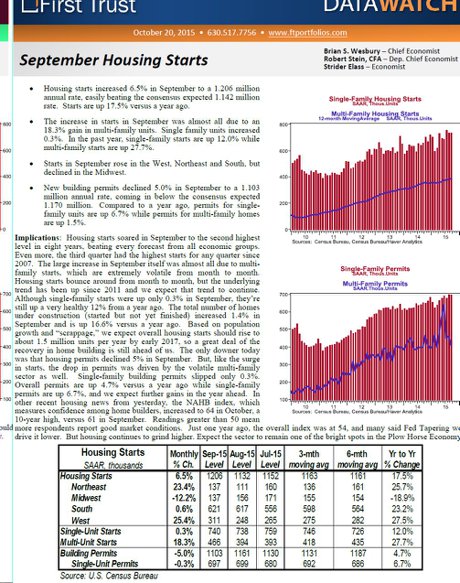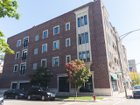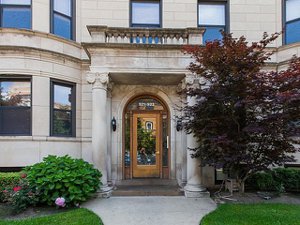Sept. 22, 2015
Suburban home sales and prices surge higher in July
The strong summer housing market continued in July as home sales and median prices posted robust gains while the time it took to sell a home declined, according to the Illinois Association of Realtors.
In the nine-county Chicago region, home sales, which include single-family homes and condominiums, totaled 12,384 in July, an increase of 9.6 percent from the 11,298 sales in the same month last year.
The median price in July in the Chicago region was $226,700, up 4.0 percent from $218,000 in July of 2014. The median is a typical market price where half the homes sold for more and half sold for less.
The Chicago region includes Cook, DeKalb, DuPage, Grundy, Kane, Kendall, Lake, McHenry and Will counties.
"The strong year-over-year gains we saw in July suggest there is plenty of steam left in this market," said Jim Kinney, president of the Illinois Association of Realtors and vice president for luxury sales for Baird & Warner in Chicago. "Buyers are finding they have to work quickly once they find the home they want since inventories are very low."
The city of Chicago saw sales of 2,989 homes in July, up 9.7 percent from last year when 2,725 homes were sold. The median price of a home in Chicago was $285,000, up 5.2 percent over July 2014 when the median price was $271,000.
"The busy summer homebuying season is closing out on a high note," said Hugh Rider, president of the Chicago Association of Realtors and co-president of Realty and Mortgage Co. in Chicago. "We've seen solid gains throughout the year, and there is every expectation that we'll see the market momentum continue into the fall as buyers select from reduced inventories."
Statewide, home sales totaled 16,901 sales in July, up 8.0 percent over last July when 15,644 homes sold.
The statewide median price in July rose to $190,000, a 6.1 percent gain over the same month a year ago when the median price in Illinois was $179,000.
"Sales growth, on a yearly basis, returned to more modest rates last month after the rapid monthly change the previous month," said Geoffrey J.D. Hewings, director of the Regional Economics Applications Laboratory at the University of Illinois. "Prices in Illinois are forecast to grow more strongly than in Chicago, although the gap is narrowed when using the new REAL Housing Price Index that captures house characteristics. Foreclosures continue to play a smaller role in the housing market and while the foreclosure inventory is relatively unchanged, sales prices for foreclosed properties continue to increase."
In Illinois, the time it took to sell a home in July averaged 58 days, down from 65 days a year ago and faster than 63 days in June. Available housing inventory remained tight with 72,371 homes for sale, a 7.7 percent decline from July 2014 when there were 78,373 homes on the market.
The monthly average commitment rate for a 30-year, fixed-rate mortgage for the North Central U.S. region, which includes Chicago, was 4.04 percent in July, up from 3.98 percent the previous month, according to the Federal Home Loan Mortgage Corp. In July 2014, that common mortgage rate averaged 4.11 percent.
According to the association's figures, 52 Illinois counties reported sales gains for July over previous-year numbers, including DeKalb County, up 25.8 percent with 122 units sold; Sangamon County, up 23.4 percent with 306 units sold; Will County, up 16.7 percent with 1,181 units sold; and Champaign County, up 15.8 percent with 322 units sold.
Fifty-two counties recorded median price gains in July over previous-year numbers, including LaSalle County, up 17.8 percent to $119,600; Winnebago County, up 14.3 percent to $100,000; Cook County, up 6.7 percent to $238,950; and Peoria County, up 4.0 percent to $136,200.
Find Illinois housing stats, data and the University of Illinois REAL forecast at www.illinoisrealtor.org/marketstats.
Article curated from The Daily Herald
http://www.dailyherald.com/article/20150822/entlife/150829845/







